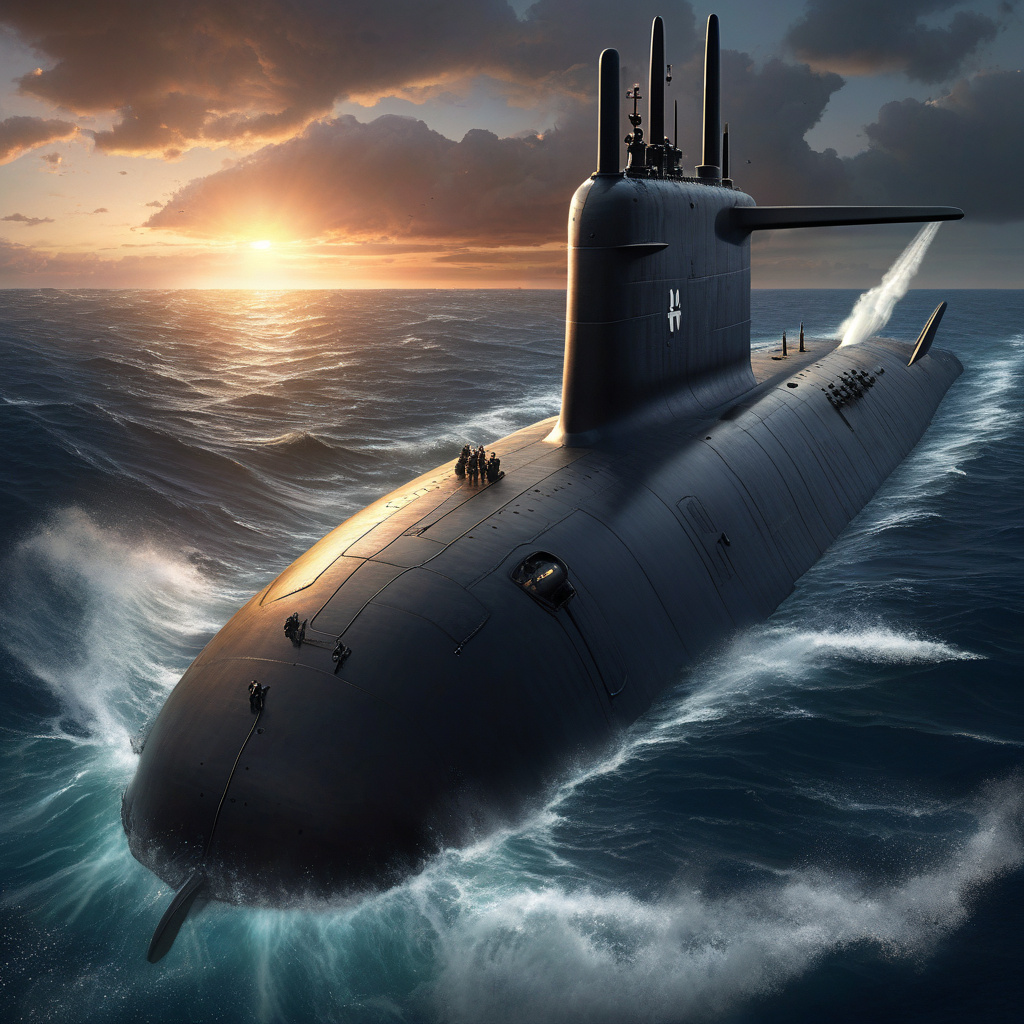US Navy Submarines to Wield Nuclear Cruise Missiles After 4-Decade Gap
The US Navy is set to make an important acquisition decision in Fiscal Year 2026 that will mark a significant shift in naval warfare capabilities. After a gap of four decades, the Navy is preparing to arm its submarines with nuclear cruise missiles, a move that could reshape the dynamics of modern warfare on the high seas.
This decision comes at a time when geopolitical tensions are on the rise, and military powers around the world are investing heavily in upgrading their defense systems. The addition of nuclear cruise missiles to the Navy’s submarine arsenal will provide the US with a potent and versatile deterrent against potential adversaries.
One of the key advantages of nuclear cruise missiles is their ability to strike targets with unprecedented precision and devastating impact. Unlike ballistic missiles, which follow a high trajectory and are primarily designed for long-range attacks, cruise missiles fly at lower altitudes and can be programmed to navigate around obstacles, making them ideal for surgical strikes on specific targets.
The integration of nuclear cruise missiles into the Navy’s submarine fleet will enhance the stealth and survivability of these underwater vessels. Submarines equipped with such advanced weaponry will be able to operate covertly in enemy waters, beyond the reach of most surface-level defenses, while maintaining the ability to deliver a swift and decisive response when necessary.
Moreover, the deployment of nuclear cruise missiles on submarines will add a new dimension to the Navy’s strategic deterrence posture. The ability to launch precision strikes from undetectable underwater platforms will significantly increase the complexity and difficulty of any potential adversary’s defensive calculations, thereby raising the cost of aggression against the United States and its allies.
It is worth noting that the decision to arm US Navy submarines with nuclear cruise missiles is not without its critics and challenges. Some experts have raised concerns about the potential risks associated with deploying nuclear weapons on submarines, citing the possibility of accidents, miscalculations, or unauthorized use.
However, proponents of the plan argue that the benefits of enhancing the Navy’s offensive capabilities far outweigh the potential drawbacks. By modernizing its submarine fleet with nuclear cruise missiles, the US Navy will not only maintain its technological edge over rival naval forces but also send a clear signal of resolve and readiness to defend its interests and uphold international security.
In conclusion, the US Navy’s upcoming deployment of nuclear cruise missiles on its submarines represents a bold and forward-thinking strategy to adapt to the evolving challenges of 21st-century warfare. As the global security landscape continues to evolve, the ability to project power with precision and speed will be a critical asset for maintaining deterrence and safeguarding national interests at sea.
#USNavy #NuclearCruiseMissiles #SubmarineCapabilities #ModernWarfare #NavalDefense.












